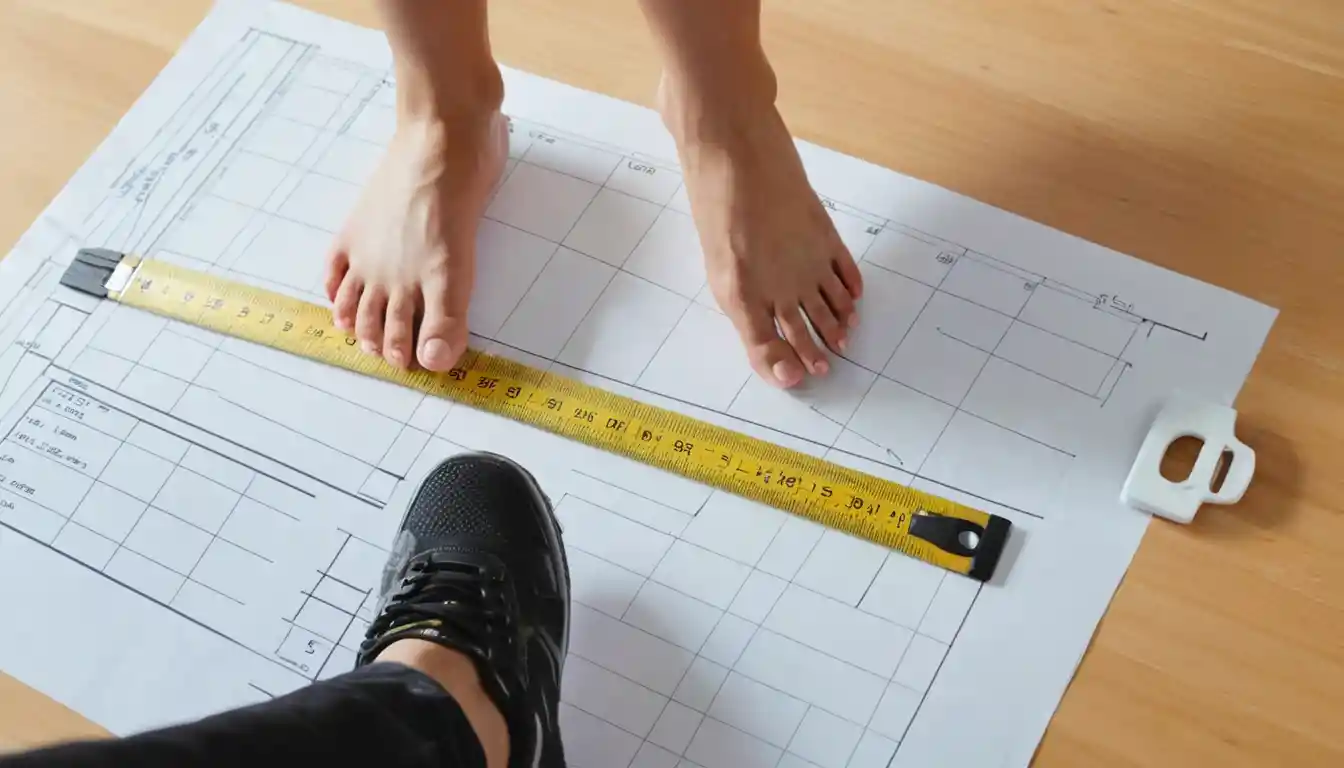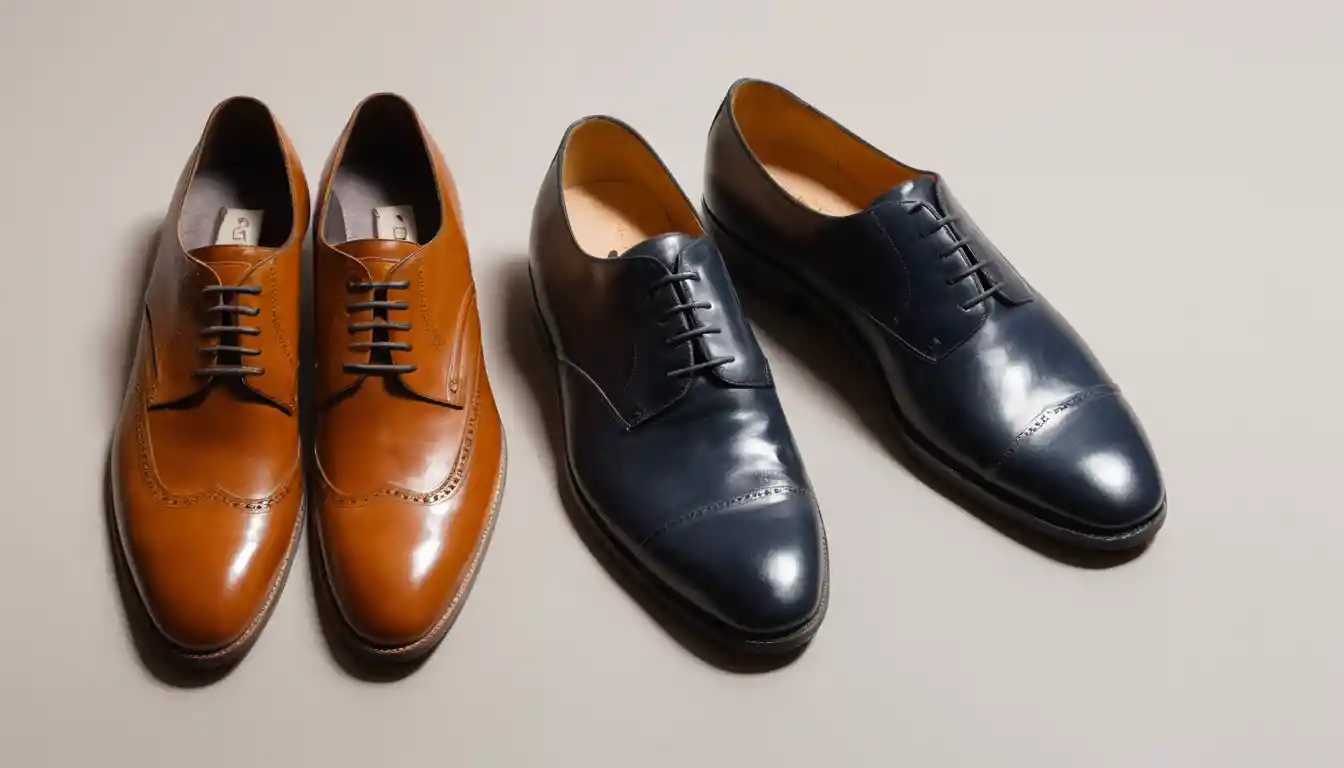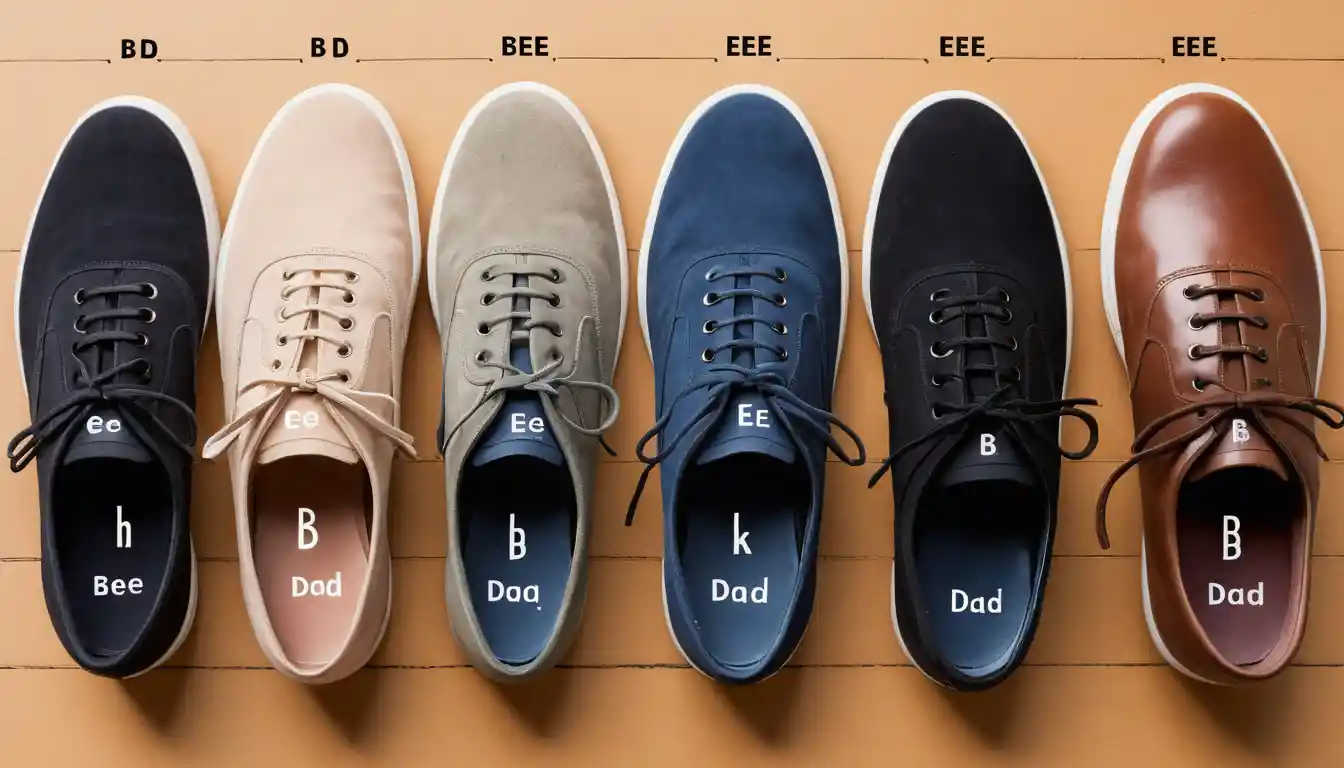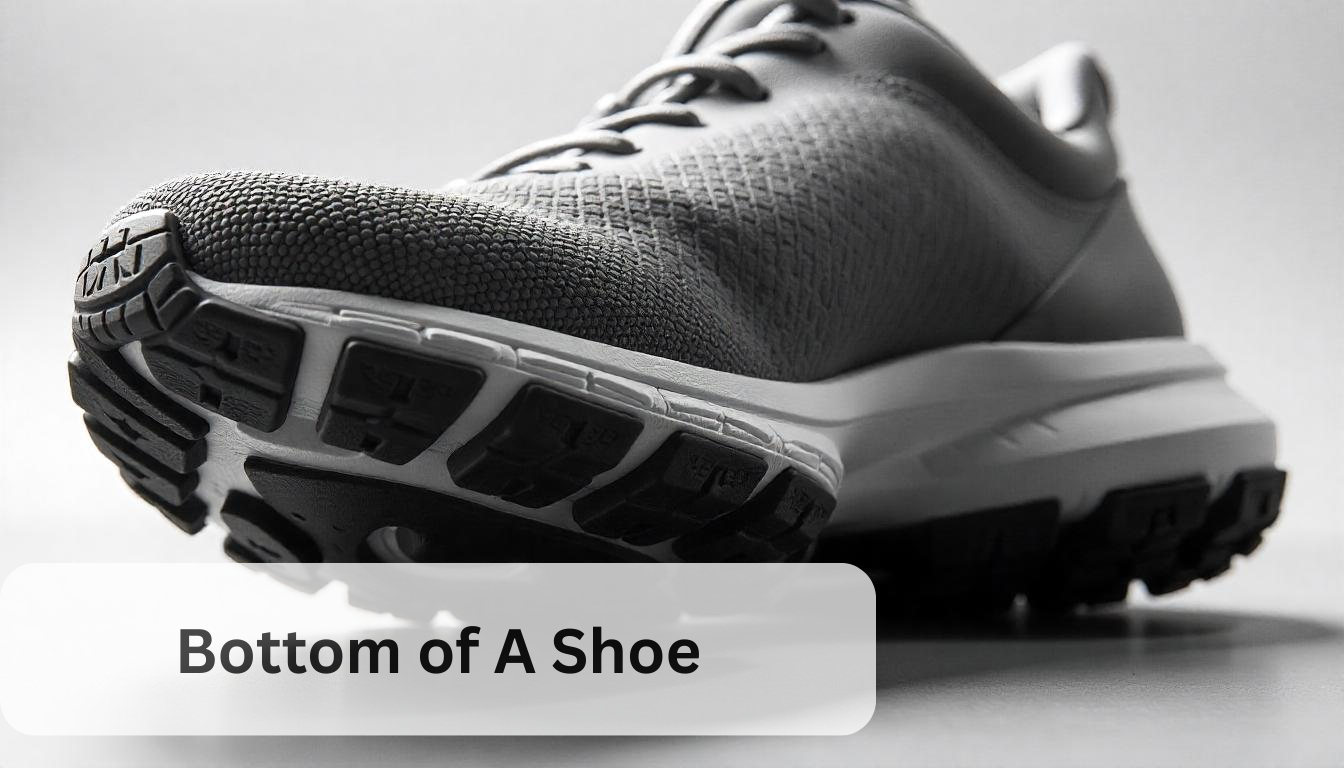When shopping for shoes, one of the most common questions consumers ask is, “What does B mean in shoe size?” Whether you’re purchasing footwear online or in-store, the letters used in shoe sizing can be confusing, especially when you’re trying to make sense of different width options. Shoe size charts often include various width designations like B, D, EE, and more, but understanding what each one represents can be tricky.
In this blog post, we’ll break down what B means in shoe sizing, how it affects your fit, and provide tips on choosing the right shoe width for comfort and style. Let’s dive in!
Understanding Shoe Widths: What Does B Mean?
In the world of footwear, shoe size is not just about the length of your foot but also about the width. Different people have different foot shapes, and shoe manufacturers use letters to indicate the width of their shoes. These letters represent a range of widths, from narrow to wide, ensuring that shoes fit comfortably and securely on your feet.
So, what does B mean in shoe size? The letter “B” typically refers to a medium or standard width for women’s shoes in the United States. It’s considered the most common width, and most women will fall into this category. In men’s shoes, however, B is considered a narrow width.
To break it down:
- Women’s shoes: B = Medium width (standard fit)
- Men’s shoes: B = Narrow width (smaller than D, which is standard)
Shoe Widths Explained: A Deeper Look
To get a better understanding of shoe widths, let’s look at the full range of sizing options. Shoe widths are typically labeled with the following letters:
A or N (Narrow): A narrow width, often used for shoes designed for women with slim feet.
B (Medium/Standard): As mentioned earlier, B is the standard width for women’s shoes. For men, this is considered narrow.
D (Medium/Standard): For men, D is the standard width, while for women, D is considered wide.
EE (Extra Wide): For both men and women, EE (and sometimes even wider widths like EEEE) indicates a wider shoe that accommodates a broader foot.
How to Measure Your Foot for Shoe Width
To understand what shoe width you need, you should first measure your foot’s width. It’s easy to do at home, and it only takes a few minutes.
Here’s how to measure your foot width:
Step-1: Place a piece of paper on the floor and stand on it with your heel against a wall.
Step-2: Using a pen or pencil, trace around the outline of your foot.
Step-3: Measure the widest part of your foot, typically across the ball of the foot, from one side to the other.
Step-4: Compare your measurement with a shoe size chart that includes foot width.
Once you have your foot’s width measurement, you can determine whether you need a B width, D width, or something wider or narrower.
Signs You Might Need a Different Shoe Width
If you’re unsure about whether B is the right width for you, here are some signs that you might need a different shoe width:

Too tight: If the shoe feels too tight across the width of your foot and causes discomfort or pinching, you may need a wider width.
Too loose: If the shoe feels loose and your foot slides around, you may need a narrower width or a more snug-fitting shoe.
Blisters or rubbing: If your shoes cause blisters or irritation on the sides of your feet, it could be a sign that your shoe width is too narrow or too wide.
Foot fatigue: If you experience foot fatigue or pain after wearing shoes, the width might not be right for you.
In these cases, opting for a different width like a D or EE could provide the comfort and support you need.
What Does B Mean in Shoe Size for Men vs. Women?
As mentioned earlier, the letter B means different things depending on whether you’re shopping for men’s or women’s shoes. For women, B is considered the standard or medium width. Most women will find that shoes labeled with B widths fit them perfectly.
On the other hand, for men, B indicates a narrow width, which is ideal for those with slimmer feet. If you’re a man and you find that your feet feel cramped in regular-width shoes, it’s worth exploring B width options.
Choosing the Right Shoe Width for Comfort and Fit
Finding the right shoe width is essential for comfort. Wearing shoes that are too narrow or too wide can lead to blisters, discomfort, and even foot pain. Here are some tips to help you find the right fit:
Measure both feet: It’s common for one foot to be slightly wider or longer than the other. Always measure both feet and use the larger measurement when determining your shoe size.
Try shoes on in the afternoon: Your feet tend to swell slightly throughout the day, so it’s best to try on shoes later in the day when your feet are at their largest.
Consider shoe material: Some materials, like leather, stretch over time, so if you’re between sizes, a slightly snugger fit might work well in the long term.
Opt for shoes with adjustable features: Look for shoes with laces, straps, or adjustable buckles that can help you get a more customized fit.
The Importance of Shoe Width in Foot Health
Wearing shoes that fit properly, including the right width, is crucial for maintaining foot health. Shoes that are too tight can cause bunions, calluses, or hammertoes, while shoes that are too wide can lead to instability, resulting in ankle injuries. Finding the perfect shoe width helps distribute pressure evenly across your feet, reduces discomfort, and improves your overall foot posture.
Additionally, wearing the correct width shoe can have a positive effect on your posture and prevent back pain by ensuring that your feet are well-supported.
Common Misconceptions About Shoe Widths
There are a few misconceptions when it comes to shoe width sizing that are worth addressing:

Width doesn’t matter if the shoe feels fine: While it’s true that a comfortable shoe might feel good initially, it’s important to remember that the wrong width can cause long-term foot problems. Comfort now doesn’t always equate to foot health in the future.
I can stretch narrow shoes: While it’s possible to stretch some materials, there’s no guarantee that a shoe will stretch enough to accommodate a wider foot. It’s better to buy the correct width from the start.
One width works for all shoes: Different shoe styles may fit differently, even in the same width. For instance, running shoes may need a different width than dress shoes. Always try on different styles to find the best fit for each shoe type.
Frequently Asked Questions
What does B mean in shoe size?
The letter “B” typically represents a medium or standard width for women’s shoes in the U.S. For men’s shoes, B is considered a narrow width.
How do I know if I need a different shoe width?
If your shoes feel too tight, too loose, cause blisters, or lead to foot fatigue, you may need a different width. It’s important to pay attention to how the shoe fits across the ball of your foot and how it feels after walking.
What is the difference between B width for men and women?
For women, B is the standard or medium width, while for men, B is considered a narrow width. This distinction helps accommodate different foot shapes.
How can I measure my foot width?
To measure your foot width, trace your foot on a piece of paper and measure the widest part of your foot, usually across the ball of the foot. You can then compare your measurement to a shoe size chart to determine your width.
Is it important to choose the right shoe width?
Yes, selecting the correct shoe width is essential for comfort, foot health, and overall support. Wearing shoes that are too tight or too wide can lead to discomfort, pain, and foot problems over time.
Conclusion
So, what does B mean in shoe size? For women, it refers to the standard width, and for men, it indicates a narrow width. Understanding your foot’s width is key to selecting shoes that fit comfortably and support your feet properly.
When shopping for shoes, always make sure to consider both the length and the width. Your feet deserve the best, and choosing the right shoe width can make a world of difference in your comfort, style, and overall foot health. If you’re still unsure about your shoe size or width, it’s a good idea to visit a store that offers fitting services to get personalized help.







